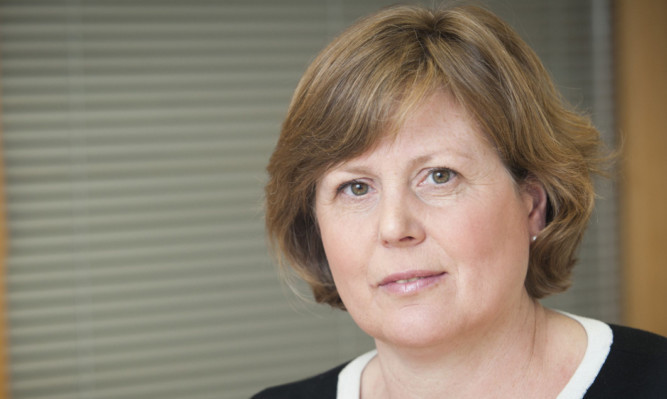With the referendum on independence out of the way, the Scottish Government has been quick to announce a raft of legislation it hopes to enact in the 2014-2015 session.
Much has been made of land reform in the press, with detail released nearly every day.
In a less well publicised move, the Scottish Government has been working for some time on an overhaul of the Scottish laws of succession. Whilst not as headline-grabbing to date, this could prove to be just as dramatic in its effect, especially on landowners.
The Succession Bill will implement a number of the recommendations contained in the Scottish Law Commission (SLC) Report on Succession which are intended to make the law in this area fairer, clearer and more consistent.
Succession law is complex.
In Scots law if a person dies without a will, or a member of the close family is excluded from inheriting through the deceased’s will, then the Succession (Scotland) Act 1964 is applied. This allows, for example, spouses or children of the deceased who have been left nothing in terms of the will to make a claim for ‘legal rights’.
At present this is calculated on the basis of a one-third share in the deceased’s moveable estate to the surviving spouse and a one-third share to the children collectively or, if no children are involved, half a share in the moveable estate would fall to the disinherited spouse; or if no spouse, one half to children.
In cases where there is no spouse, a half share in the moveable estate would then be split for the children, with each non-entitled child being able to claim a portion. For example, if there are two children then each of them would be entitled to a half of this share.
The main point is that at the moment this legal rights share is calculated on the ‘moveable’ estate. The land, buildings etc, which are classed as the ‘heritable estate’ can be bequeathed away as desired with the disinherited having no rights to the heritable part.
For many in farming circles it has been perfectly normal for one or more, but not all of the children (in a family farm) to be bequeathed the ‘heritable estate’, with the other family members getting very little.
The merit in this is that the farming unit is not fragmented and the viability of the farming business is maintained. For many, this has “aye been the way”.
In what could be a major shake-up of succession law, it is being proposed that the distinction between movable and immovable property is to be removed.
This would give children, spouses and civil partners appropriate legal rights over both forms of property; the intention being to ensure a just distribution of assets among a deceased’s close family to reflect both societal change and expectations. The Government has said that these changes are intended to be an integral part of its series of measures in respect of land reform.
So what does this mean for farms?
Currently if the farm is held in the names of individuals, the property remains heritable property and can be bequeathed away.
However, if the heritable property is held in the name of the partnership, as is often the case, the heritable property becomes ‘moveable’ so it would then become open to a legal rights claim.
The current advice in many situations is to keep the heritable property out of the partnership, thereby reducing the chance of hefty legal rights claims which can ultimately cripple family farming enterprises.
Under the new proposals, all land including farm land will be subject to legal rights. The legal rights will be calculated differently and the effect may not be as dramatic as some fear, but each individual circumstance will have to be looked at carefully to be fully understood.
This is not the only proposal of concern. The other proposals involve rights being given both on intestacy and disinheritance to cohabitees to the same level as spouses and civil partners.
It also recommends that similar rights be allowed for step-children or children raised by the deceased as if their own.
In an increasingly complex society, it seems great care will need to be taken in any estate planning, and not just for landowners.
With any new proposals it is a matter of time until solutions are sought for those who will be the most negatively impacted.
It is hugely important to look at how the new proposals will affect your business, as only with proper advice will the implications be known.
The proposals and draft Bill are complex.
In the case of farm land, perhaps the simplest solution will be to pass on at least some of the land to the next generation in life, if only to avoid a potentially damaging legal rights claim in the future.
There has been much talk around the ever-increasing average age of the Scottish farmer, and concern over how to encourage young people into farming. Perhaps the Scottish Government proposals will go some way to address this, albeit through the back door.
* Linda Tinson is director, rural business, with law firm Ledingham Chalmers.
